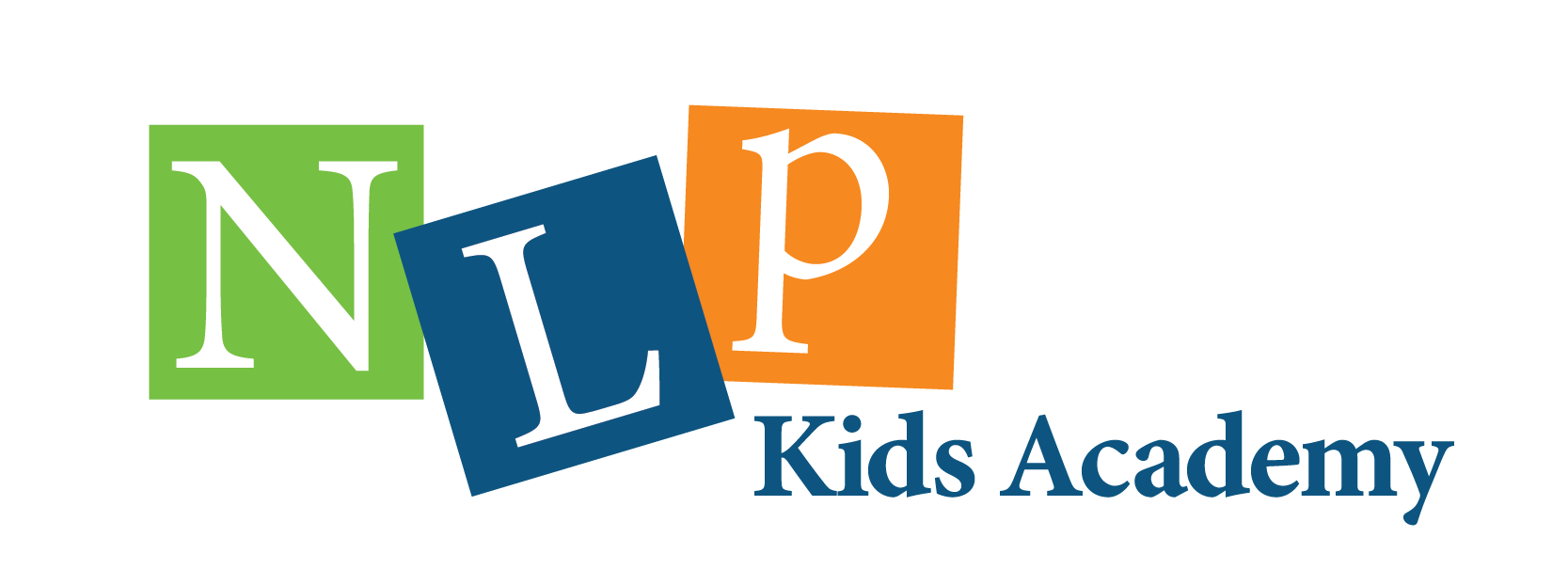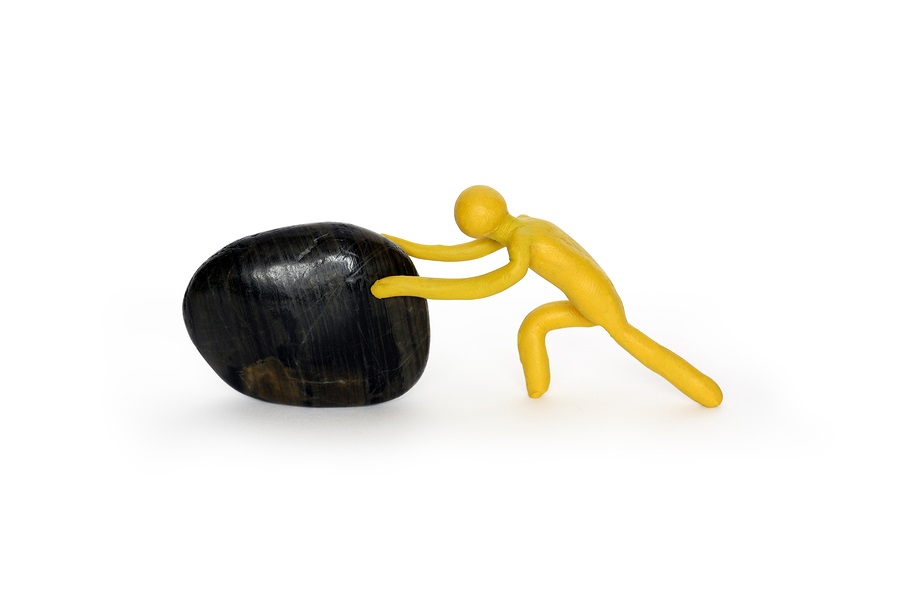Everyday, children and teenagers are facing uncomfortable situations (social situations, school, etc). And, of course, that’s not a nice feeling at all… If that situation is repetitive, they might seek change for it, but in many cases children expect others, whether it’s a system or a specific person, to create that change for them, and don’t stop to think – what part of it is in my control? To create the desired change, you have to raise the child’s awareness to taking responsibility over a situation (which is crucial) to lead them (in a short period of time) to creating that change.
Some situations in our lives are like plasticine, or dough – we have control over the outcome. That is, we can shape the dough according to the shape we choose. (This can be illustrated by creating shapes from the plasticine or play dough). On the other hand, there are other situations that are like a rock – no matter how much we try to crush or shape the rock – we will not be able to control its shape. We will not be able to design it according to what we want. (This can be illustrated by attempts to crush and knead the rock or stone).
Most situations in our lives will fit into one of the two options above.
If we encounter “dough mode” it means that we have the option to take responsibility for creating change within ourselves. That is, we can do something to change the outcome of the situation. This is not the case in “rock mode” where we have nothing to do to change the outcome.
When a child or a teenager interacts with an environment and experiences an unpleasant situation (from that interaction), it will greatly aid them to pause for a moment and understand whether it is a “dough mode”, a situation where they can take responsibility and create change in order to change the result, or it is a “rock mode” in which they have no control over the outcome.
The activity has 2 main goals:
- Provide the child or teenager with tools so they can pause and understand whether this is a situation in which they can control the outcome, or not.
- Provide the child or teenager with a tool that will allow them to examine the degree of their responsibility and whether they can evoke change on their own in order to achieve their desired result.
Required Materials:
- Plasticine or play dough
- Medium stone in the shape and texture of rock.
Activity:
- We will ask the child for a specific situation in which they have experienced an unpleasant feeling while interacting with their surroundings (friends, school, parents, siblings, etc.), and we will examine together whether it is a “dough mode” or whether it is a “rock mode”.
- An example:
- The child shares and tells the instructor that they have no friends.
- The instructor replies: “Let’s examine together which part of the situation is dough and which part is rock (we will begin with the question that asks when and where do they feel they have no friends).
- The child replies: “During school break”.
- Instructor: “What happens during school break?”
- The child replies: “All the other children go out to play in groups and I am left alone in the classroom.”
- The facilitator responds: “All the children go out to play during break time – it sounds like ‘rock mode. After all, we cannot make them stay in class with you. What can you do to change that situation?”
- The child replies: “Do not know?!”
- Instructor: “Do you think you can ask your friends if you can join them for the game?”
- The child responds affirmatively.
- Instructor: Then this sounds like a “dough mode”. That means you can change the result.
- Continue working using the same way each time with any kind of situation.
In this way, in which we “dismantle” the situation and help the child understand which part is under their control (dough) and which is not (rock), we make them take responsibility for what happens – thus leading them to be active and get the control over a situation back to them.





